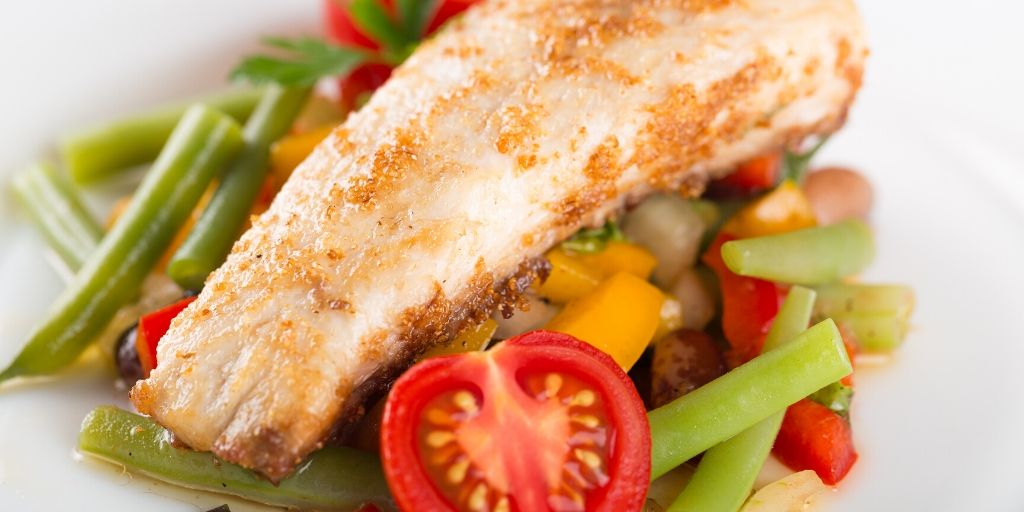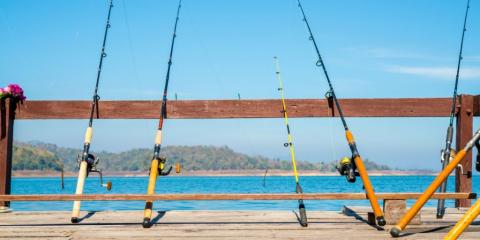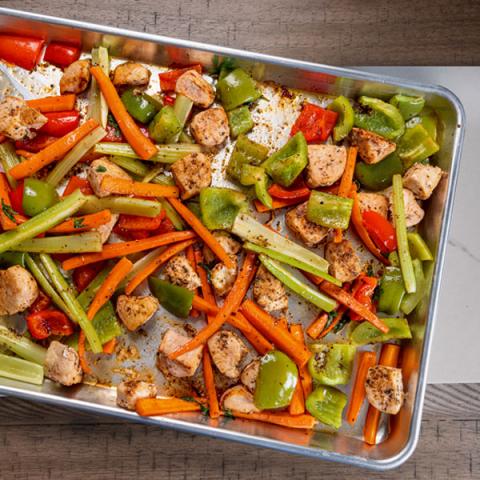
One way to add variety to meal planning is including seafood as a source of protein for some meals. A wide variety of fish and shellfish is available in stores, even in landlocked states, and they can be prepared using many different cooking methods.
Most Americans consume the recommended amount of protein; however, seafood intake is far below recommendations. The 2020-2025 Dietary Guidelines for Americans recommend a weekly intake of 8 or more ounces for adults.
Seafood is nutritious; it is an excellent source of protein, vitamin B12, vitamin D and omega-3 fatty acids.
Seafood Tips:
- Plan menus to include seafood twice a week. Ideas include salmon steak, tuna sandwiches, shrimp stir-fry, and baked cod.
- Seafood cooks quickly. As a general guideline, cook fish 10 minutes per inch thickness when measured at the thickest part. For food safety, cook seafood to a minimum internal temperature of 145°F. It should be moist and flake easily with a fork. Overcooking can dry out fish.
- Seafood is good for everyone, 2 years of age and older. It is important to limit the amount of mercury in the diet of women who are pregnant or breastfeeding and young children. The Food and Drug Administration provides advice on choosing fish that are low in mercury.
- Canned or frozen seafood is generally available in most grocery stores; fresh seafood may be available in some markets. Check freshness by looking for frozen seafood that is solidly frozen with few ice crystals. Defrost in the refrigerator, in cold water, or in the microwave. Do not defrost fish by setting it on the counter.
- If the kitchen smells a little "fishy", light a scented candle or simmer your favorite spices to help eliminate the odor.
Ideas for Preparing Seafood:
- Moist-heat cooking methods – steaming or poaching – are great for low-fat fish such as cod, haddock, halibut, perch, whiting, catfish that may dry out when cooked. Moist-heat cooking can also be used for fatty fish.
- Dry-heat cooking – broiling, grilling and baking – work well for fatty fish such as salmon or tuna steaks. Try grilled salmon in foil packets with lemon slices and fresh herbs.
- A combination of pan-searing for several minutes and then baking fish will make the surface crisp while ensuring it is evenly cooked. Try this with salmon or grouper.
- Seafood in soups, stews and chowders with added vegetables provides an easy one-dish meal. Cod, haddock, Pollock, mahi mahi and snapper are good choices in soups or stews.
- Canned tuna, salmon, sardines or herring can provide a quick lunch served in a sandwich or on crackers.
Sources:
Safe Minimum Internal Temperature Chart, United States Department of Agriculture
Seafood Health Facts: Making Smart Choices, Delaware Sea Grant.
Seafood, United States Food and Drug Administration
This article has been peer reviewed in 2020.
Tags:
Feedback Form
Feedback Form
If you do not see the article, please scroll up the page.







